Optimal Timing for Mole Pest Control
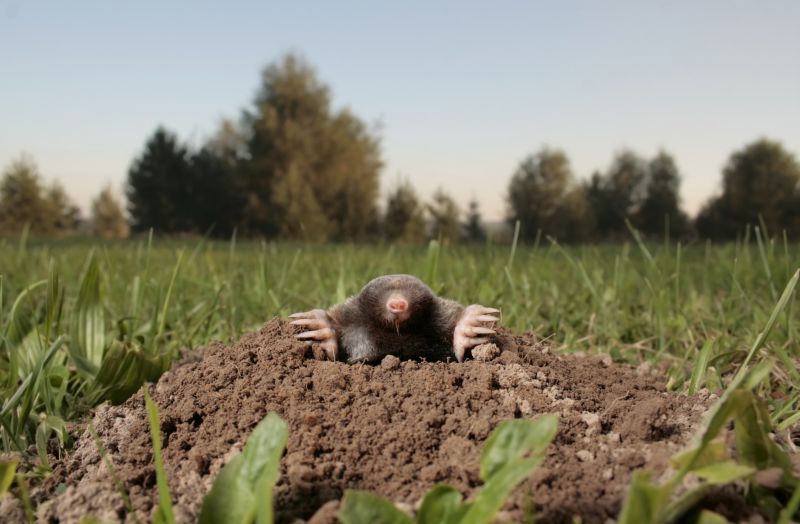
Moles become most active during spring when the soil warms up, making it an ideal time for control measures.

In summer, mole activity can vary; early summer is suitable for pest control before populations increase.

Mole activity decreases in fall and winter, but early intervention can prevent population buildup in the following seasons.

Ways to make Mole Pest Control Service work in tight or awkward layouts.

Popular materials for Mole Pest Control Service and why they hold up over time.
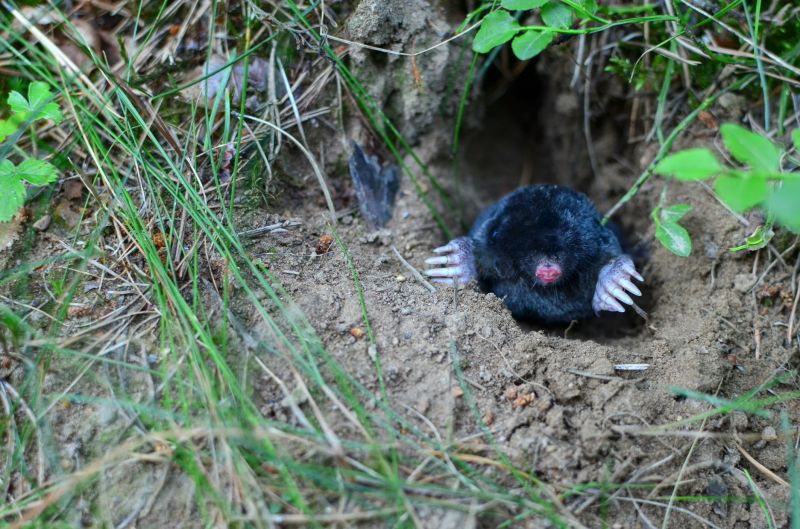
Simple add-ons that improve Mole Pest Control Service without blowing the budget.

High-end options that actually feel worth it for Mole Pest Control Service.
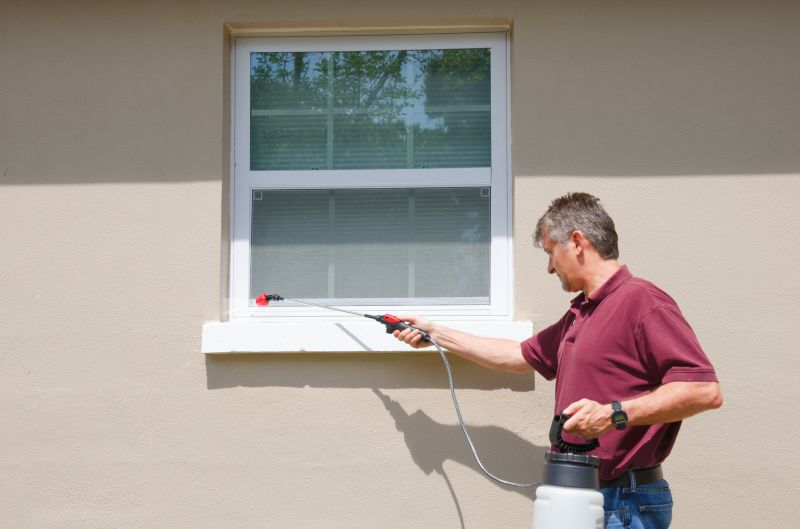
Finishes and colors that play nicely with Mole Pest Control Service.
Mole pest control services are most effective when performed during periods of high activity. Spring and early summer are typically optimal, as moles are actively foraging and establishing territories. Timing the treatment during these periods enhances the likelihood of reducing mole populations efficiently. Proper timing also minimizes the need for repeated treatments, saving costs and effort.
Statistics indicate that mole activity peaks during the spring months, with increased tunneling and foraging behaviors. Pest control efforts during this window can significantly decrease the number of moles, preventing extensive damage to lawns and gardens. Early intervention is recommended to manage infestations effectively and prevent further underground disruption.
Understanding mole activity cycles helps determine the best time for treatment, typically in spring and early summer.
Surface mounds, tunneling, and damaged lawns are common indicators of mole presence requiring control services.
Addressing mole issues early reduces extensive underground damage and limits the spread of infestations.
Soil moisture and temperature influence mole activity, with moist, warm soils encouraging activity during active seasons.
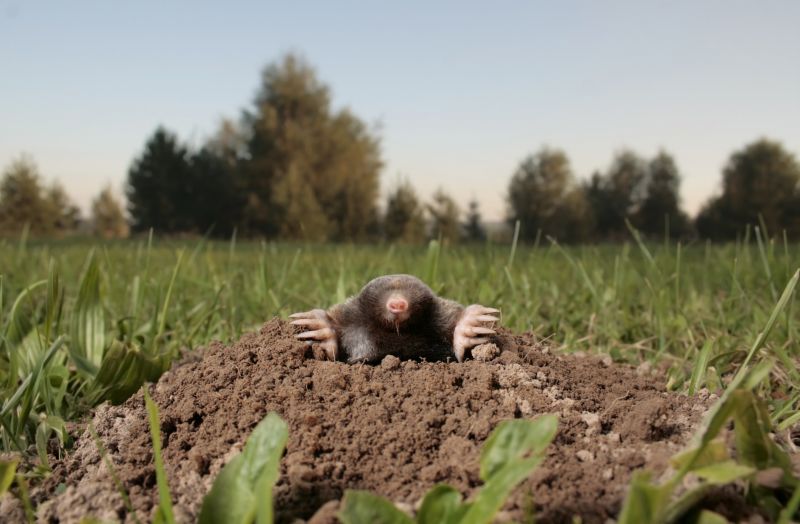
Visible tunnels indicate active mole populations and optimal treatment points.
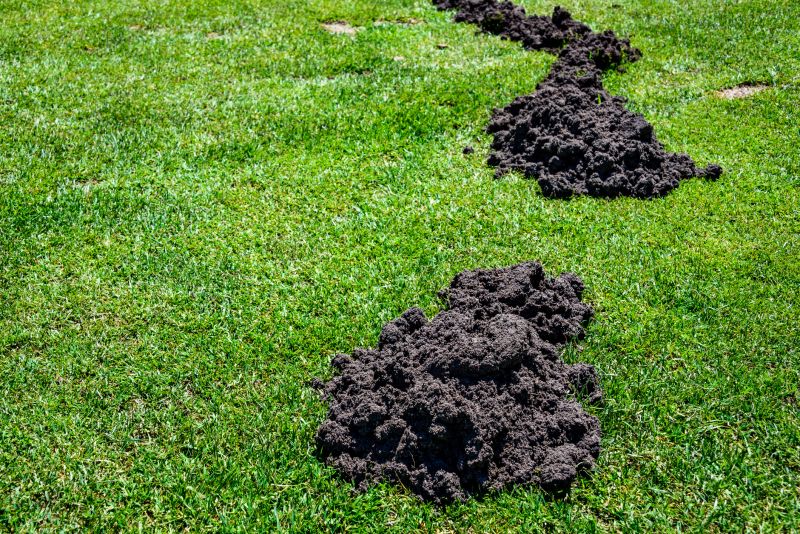
Surface mounds and damaged turf are clear signs of mole activity requiring intervention.
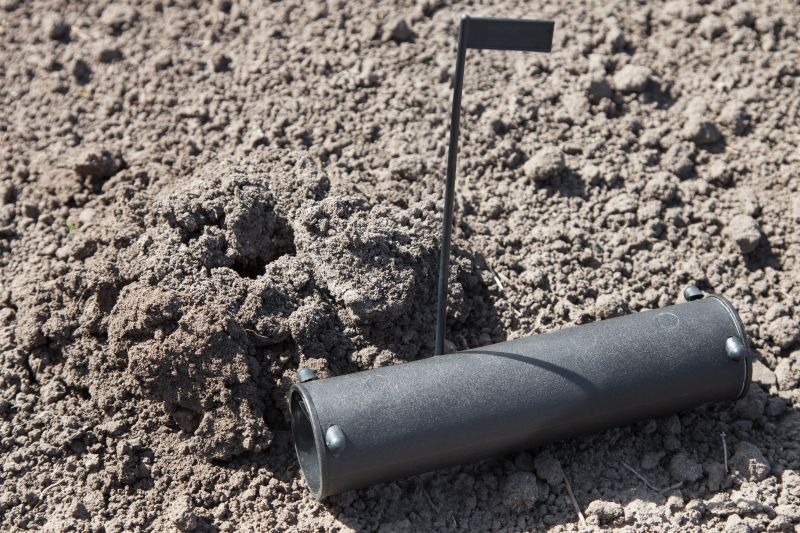
Specialized tools and traps are used during peak activity periods for effective mole removal.
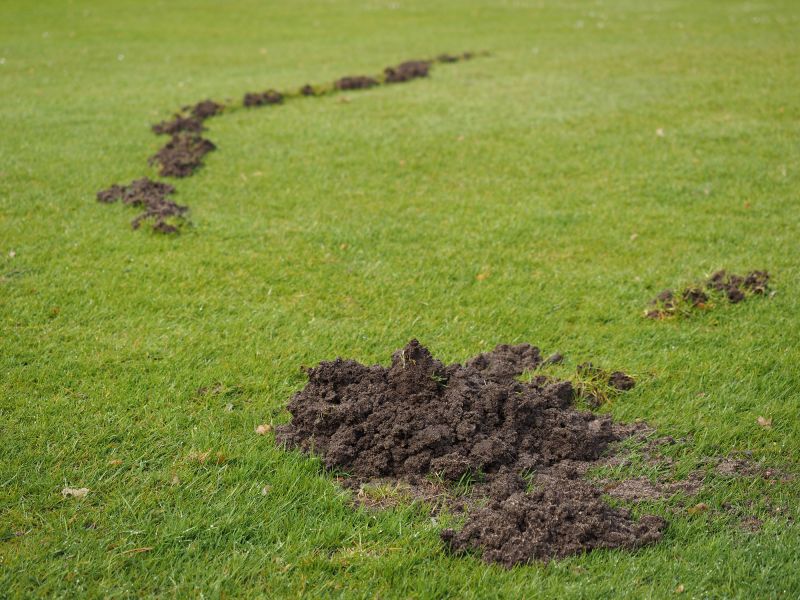
Proper timing of control services helps maintain healthy, damage-free lawns.
| Season | Optimal Control Timing |
|---|---|
| Spring | Early spring when activity begins |
| Summer | Mid to late summer for ongoing control |
| Fall | Early fall to prevent winter buildup |
| Winter | Limited activity; focus on prevention |
Scheduling mole pest control services during peak activity periods maximizes effectiveness. Professionals often recommend treatments in early spring when moles start foraging more actively. This timing allows for better control before populations expand and cause extensive damage.
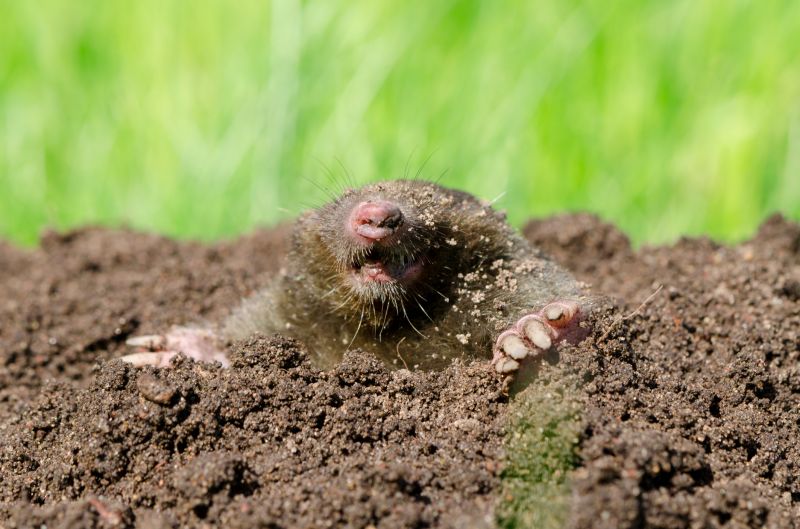
Underground tunnels are most active during spring and early summer.
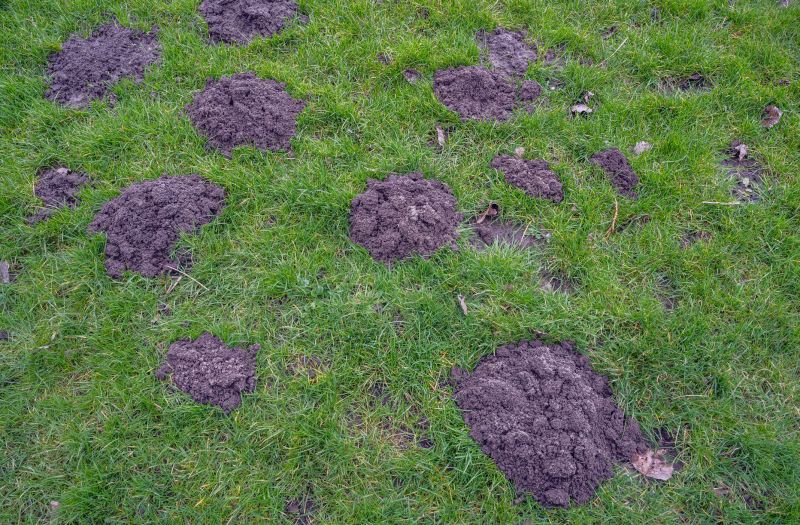
Surface mounds and turf upheaval are signs of active mole tunnels.
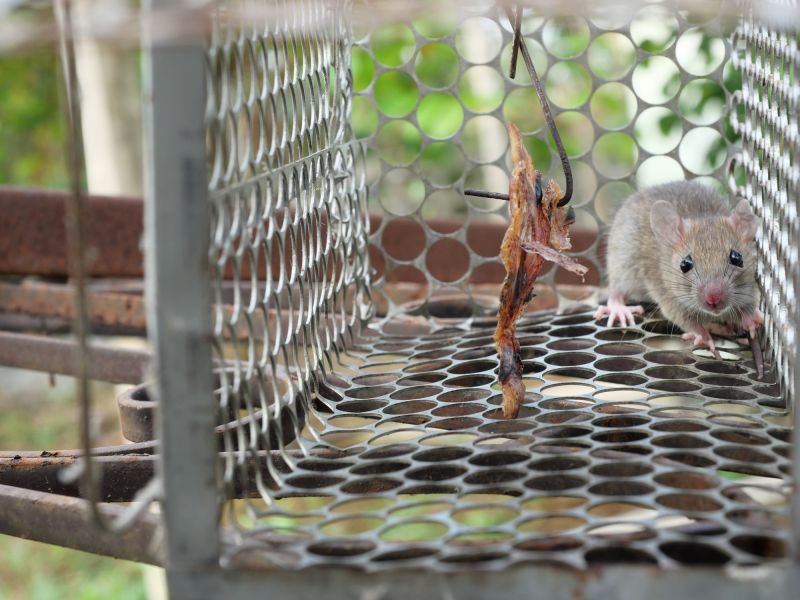
Proper trap placement during active seasons increases success rates.

Effective control reduces mole activity and prevents future damage.

A 60-second routine that keeps Mole Pest Control Service looking new.
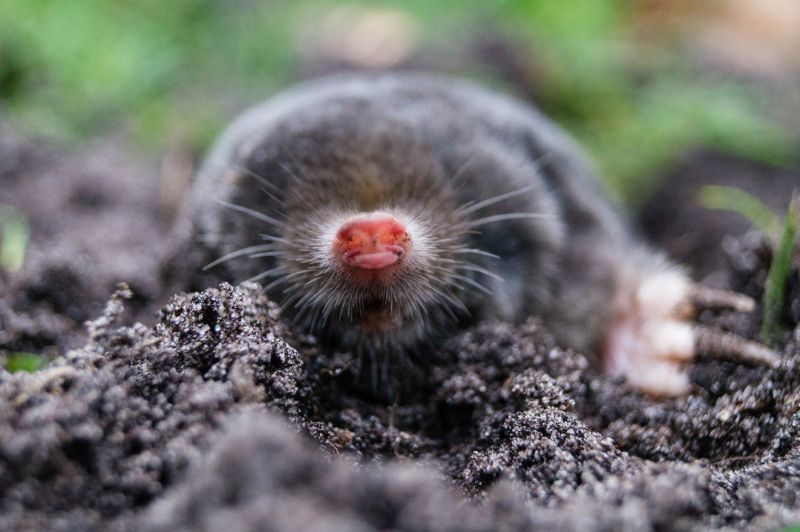
A frequent mistake in Mole Pest Control Service and how to dodge it.

Small tweaks to make Mole Pest Control Service safer and easier to use.
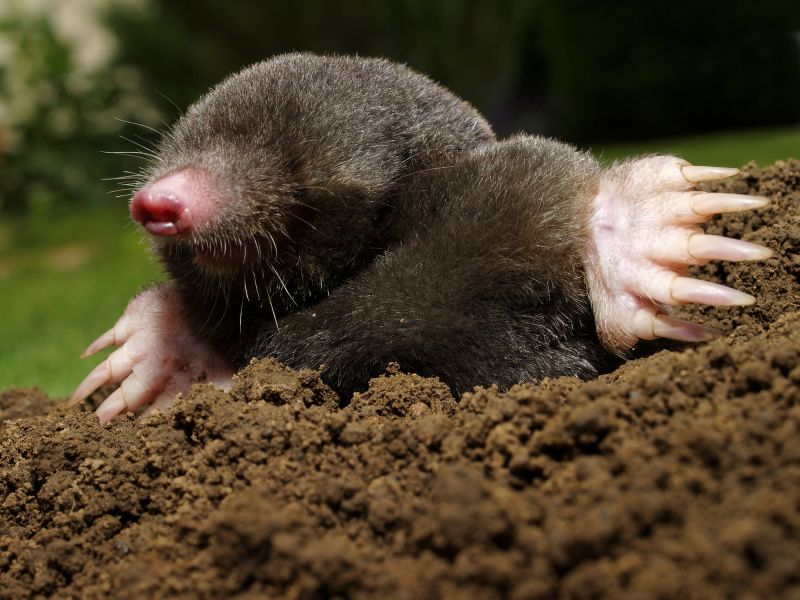
Lower-waste or water-saving choices for Mole Pest Control Service.
Interested in mole pest control services? Filling out the contact form can provide more information and help schedule treatments during the optimal seasons for effective mole management.



